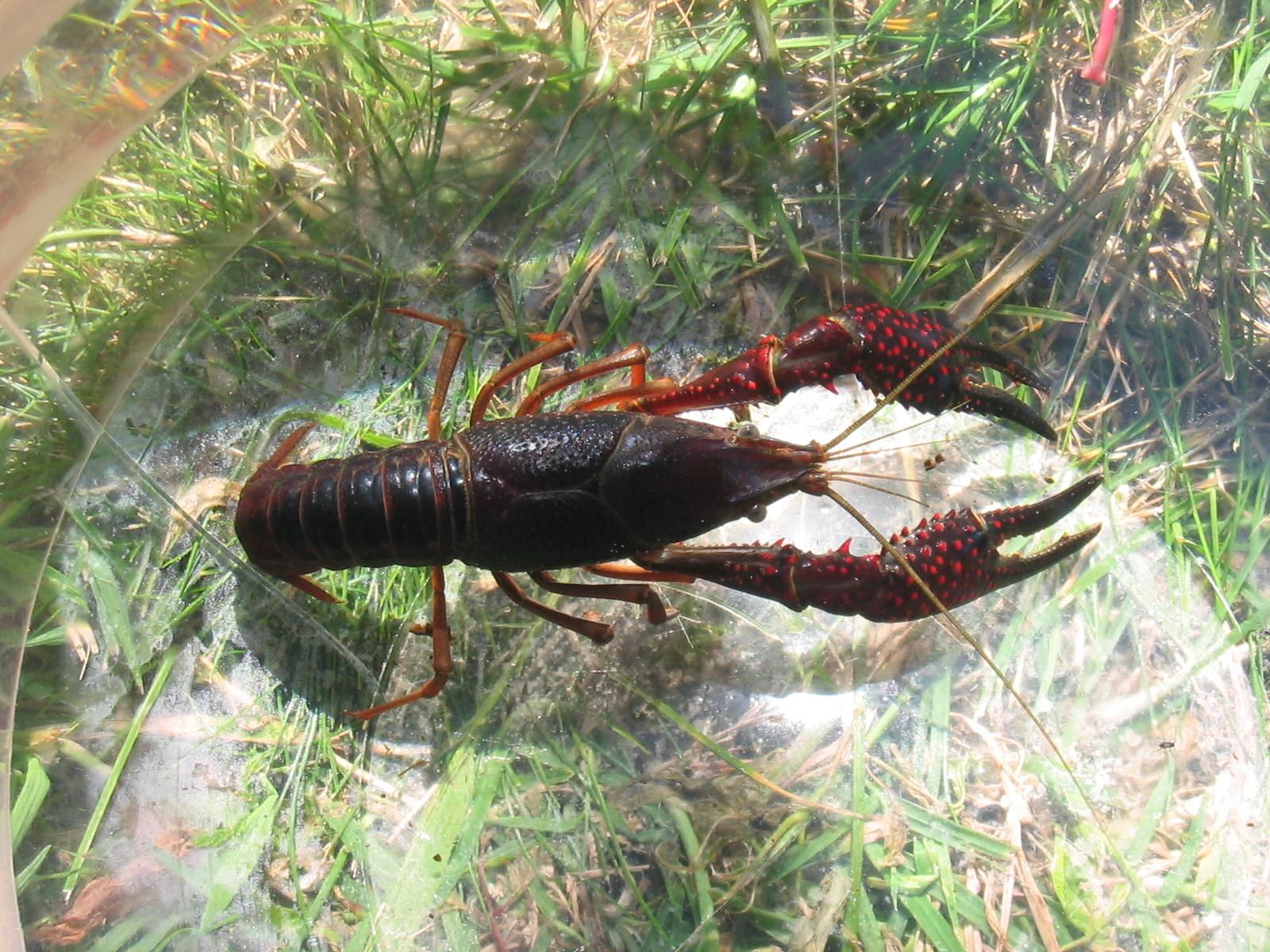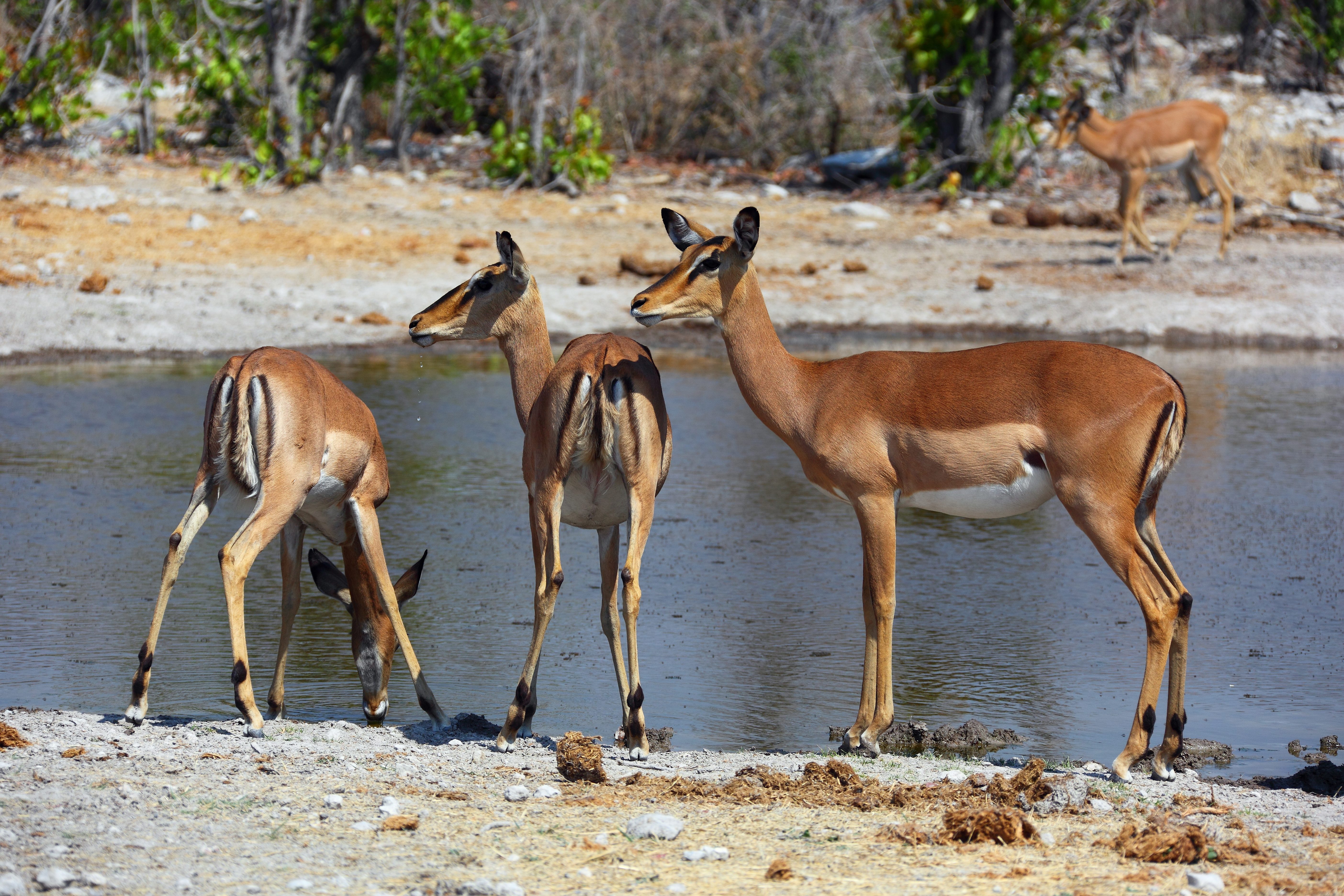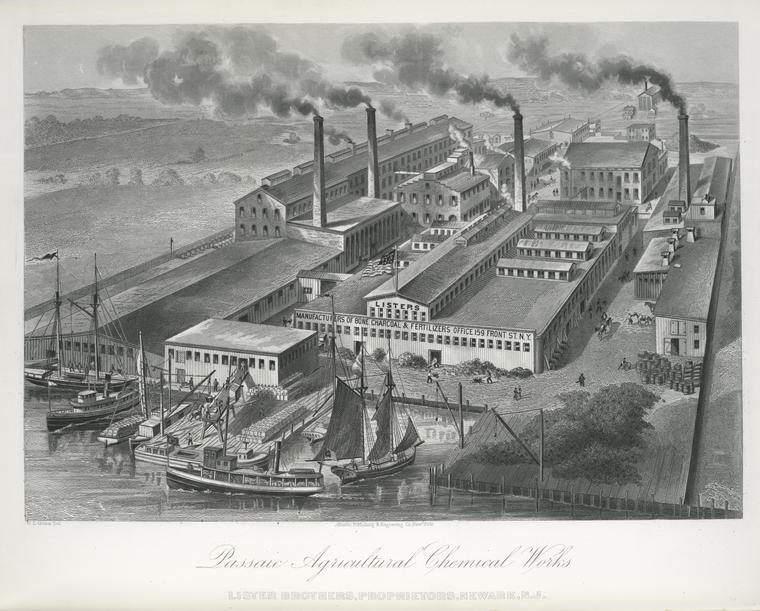|
Spanish Ribbed Newt
The Iberian ribbed newt, gallipato or Spanish ribbed newt (''Pleurodeles waltl'') is a newt endemic to the central and southern Iberian Peninsula and Morocco. It is the largest European newt species and it is also known for its sharp ribs which can puncture through its sides, and as such is also called the sharp-ribbed newt. This species should not be confused with the different species with similar common name, the Iberian newt (''Lissotriton boscai''). Description The Iberian ribbed newt has tubercles running down each side. Through these, its sharp ribs can puncture. The ribs act as a defense mechanism, causing little harm to the newt. This mechanism could be considered as a primitive and rudimentary system of envenomation, but is completely harmless to humans. At the same time as pushing its ribs out the newt begins to secrete poison from special glands on its body. The poison coated ribs create a highly effective stinging mechanism, injecting toxins through the thin skin i ... [...More Info...] [...Related Items...] OR: [Wikipedia] [Google] [Baidu] |
Karl Michahelles
Georg Christian Karl Wilhelm Michahelles (5 May 1807, Nuremberg – 15 August 1834, Nafplio, Nauplia) was a German zoology, zoologist and physician originally from Bavaria. From 1827, he studied medicine at the University of Munich, where he made the acquaintance of naturalist Lorenz Oken. In 1831 he received his doctorate of medicine and surgery with the thesis ''Das Malo Di Scarlievo in Historischer Und Pathologischer Hinsicht''.Saecular-Feier der Naturhistorischen Gesellschaft in Nürnberg 1801-1901 ... (Google Books) by Naturhistorische Gesellschaft Nürnberg Michahelles travelled extensively in Dalmatia, Kingdom of Illyria (1816–49), Illyria and Croatia, becoming well known for his study of the birds of the area. He died after being affected with dysentery in G ... [...More Info...] [...Related Items...] OR: [Wikipedia] [Google] [Baidu] |
IUCN
The International Union for Conservation of Nature (IUCN; officially International Union for Conservation of Nature and Natural Resources) is an international organization working in the field of nature conservation and sustainable use of natural resources. It is involved in data gathering and analysis, research, field projects, advocacy, and education. IUCN's mission is to "influence, encourage and assist societies throughout the world to conserve nature and to ensure that any use of natural resources is equitable and ecologically sustainable". Over the past decades, IUCN has widened its focus beyond conservation ecology and now incorporates issues related to sustainable development in its projects. IUCN does not itself aim to mobilize the public in support of nature conservation. It tries to influence the actions of governments, business and other stakeholders by providing information and advice and through building partnerships. The organization is best known to the wider ... [...More Info...] [...Related Items...] OR: [Wikipedia] [Google] [Baidu] |
Bion 7
Kosmos 1667 (russian: Космос 1667 meaning ''Kosmos 1667''), or Bion 7 was a 1985 Medical research, biomedical research mission satellite involving scientists from nine countries. It was part of the Bion (satellite), Bion program. This mission was the scientific participation of nine countries (Bulgaria, Czechoslovakia, East Germany, France, Hungary, Poland, Romania, Soviet Union and United States). Mission Kosmos 1667 was the second U.S.S.R. biosatellite mission with a primate payload. Although the American experiment on the Kosmos 1667 mission was meant to be a repeat of the Kosmos 1514 cardiovascular experiment, several improvements were implemented on this mission. Modified post-surgery animal handling procedures minimised the risk of damaging the transducer implants. Data was sampled and recorded more frequently during the Microgravity, inflight period. Two monkeys with flight-type cardiovascular instrumentation were studied in a ground-based synchronous control ex ... [...More Info...] [...Related Items...] OR: [Wikipedia] [Google] [Baidu] |
Bion Spacecraft
Bion may refer to: Science * Bion (satellite), a series of Soviet satellites from the 1960s and 1970s * Bion, in physics, the bound state of two solitons * Bions, hypothetical corpuscles of biological energy proposed by psychoanalyst Wilhelm Reich Places * Bion, Manche, a commune in France * Saint-Agnin-sur-Bion, a commune of southeastern France * Revest-du-Bion, a French commune near the Alps People with the given name Bion * Bion of Miletus, a Greek sculptor (6th -5th century BC) * Bion of Smyrna, also known as Bion of Phlossa, bucolic Greek poet (fl. 2nd century BC) * Bion of Abdera, a Greek philosopher from the school of Democritus (fl. c. 4th century BC) * Bion of Soli, an ancient Greek writer of history * * Bion of Borysthenes, a popular Greek philosopher (325–250 BC) * Bion Barnett, the founder of Barnett Bank, in Florida * Bion Tsang, American cellist and professor * Bion J. Arnold, 1861–1942, American electrical engineer People with the surname Bion * Louis- ... [...More Info...] [...Related Items...] OR: [Wikipedia] [Google] [Baidu] |
Procambarus Clarkii
''Procambarus clarkii'', known variously as the red swamp crayfish, Louisiana crawfish or mudbug, is a species of cambarid crayfish native to freshwater bodies of northern Mexico, and southern and southeastern United States, but also introduced elsewhere (both in North America and other continents), where it is often an invasive pest. Appearance ''P. clarkii'' is typically dark red, with long claws and head, small or no spines on the sides of its carapace just below the head, and rows of bright red bumps on the front and side of the first leg. Range and range expansion The native range of ''P. clarkii'' is from northern Mexico and far southeastern New Mexico, through the Gulf States to the Florida Panhandle, as well as inland north through the Mississippi Basin to southern Illinois and Ohio. It has also been introduced, sometimes deliberately, outside its natural range to countries in Asia, Africa, Europe and elsewhere in the Americas. In northern Europe, the populations ar ... [...More Info...] [...Related Items...] OR: [Wikipedia] [Google] [Baidu] |
Largemouth Bass
The largemouth bass (''Micropterus salmoides'') is a carnivorous freshwater gamefish in the Centrarchidae ( sunfish) family, a species of black bass native to the eastern and central United States, southeastern Canada and northern Mexico, but widely introduced elsewhere. It is known by a variety of regional names, such as the widemouth bass, bigmouth bass, black bass, bucketmouth, largies, Potter's fish, Florida bass, Florida largemouth, green bass, bucketmouth bass, Green trout, gilsdorf bass, Oswego bass, LMB, and southern largemouth and northern largemouth. The largemouth bass is the state fish of Georgia and Mississippi, and the state freshwater fish of Florida and Alabama. Taxonomy The largemouth bass was first formally described as ''Labrus salmoides'' in 1802 by the French naturalist Bernard Germain de Lacépède with the type locality given as the Carolinas. Lacépède based his description on an illustration of a specimen collected by Louis Bosc near Charleston, S ... [...More Info...] [...Related Items...] OR: [Wikipedia] [Google] [Baidu] |
Madrid
Madrid ( , ) is the capital and most populous city of Spain. The city has almost 3.4 million inhabitants and a metropolitan area population of approximately 6.7 million. It is the second-largest city in the European Union (EU), and its monocentric metropolitan area is the third-largest in the EU.United Nations Department of Economic and Social AffairWorld Urbanization Prospects (2007 revision), (United Nations, 2008), Table A.12. Data for 2007. The municipality covers geographical area. Madrid lies on the River Manzanares in the central part of the Iberian Peninsula. Capital city of both Spain (almost without interruption since 1561) and the surrounding autonomous community of Madrid (since 1983), it is also the political, economic and cultural centre of the country. The city is situated on an elevated plain about from the closest seaside location. The climate of Madrid features hot summers and cool winters. The Madrid urban agglomeration has the second-large ... [...More Info...] [...Related Items...] OR: [Wikipedia] [Google] [Baidu] |
Industrial Contamination
Pollution is the introduction of contaminants into the natural environment that cause adverse change. Pollution can take the form of any substance (solid, liquid, or gas) or energy (such as radioactivity, heat, sound, or light). Pollutants, the components of pollution, can be either foreign substances/energies or naturally occurring contaminants. Although environmental pollution can be caused by natural events, the word pollution generally implies that the contaminants have an anthropogenic source – that is, a source created by human activities. Pollution is often classed as point source or nonpoint source pollution. In 2015, pollution killed nine million people worldwide (one in six deaths). This remained unchanged in 2019, with little real progress against pollution being identifiable. Air pollution accounted for of these earlier deaths. Major forms of pollution include air pollution, light pollution, litter, noise pollution, plastic pollution, soil contamination, radioactiv ... [...More Info...] [...Related Items...] OR: [Wikipedia] [Google] [Baidu] |
Eutrophication
Eutrophication is the process by which an entire body of water, or parts of it, becomes progressively enriched with minerals and nutrients, particularly nitrogen and phosphorus. It has also been defined as "nutrient-induced increase in phytoplankton productivity". Water bodies with very low nutrient levels are termed oligotrophic and those with moderate nutrient levels are termed mesotrophic. Advanced eutrophication may also be referred to as dystrophic and hypertrophic conditions. Eutrophication can affect freshwater or salt water systems. In freshwater ecosystems it is almost always caused by excess phosphorus. In coastal waters on the other hand, the main contributing nutrient is more likely to be nitrogen, or nitrogen and phosphorus together. This depends on the location and other factors. When occurring naturally, eutrophication is a very slow process in which nutrients, especially phosphorus compounds and organic matter, accumulate in water bodies. These nutrients deriv ... [...More Info...] [...Related Items...] OR: [Wikipedia] [Google] [Baidu] |
North African Dayas
In geology, a depression is a landform sunken or depressed below the surrounding area. Depressions form by various mechanisms. Types Erosion-related: * Blowout: a depression created by wind erosion typically in either a partially vegetated sand dune ecosystem or dry soils (such as a post-glacial loess environment). * Glacial valley: a depression carved by erosion by a glacier. * River valley: a depression carved by fluvial erosion by a river. * Area of subsidence caused by the collapse of an underlying structure, such as sinkholes in karst terrain. * Sink: an endorheic depression generally containing a persistent or intermittent (seasonal) lake, a salt flat (playa) or dry lake, or an ephemeral lake. * Panhole: a shallow depression or basin eroded into flat or gently sloping, cohesive rock.Twidale, C.R., and Bourne, J.A., 2018Rock basins (gnammas) revisited.''Géomorphologie: Relief, Processus, Environnement,'' Vol. 24, No. 2. January 2018. Retrieved 9 June 2020. Collapse-re ... [...More Info...] [...Related Items...] OR: [Wikipedia] [Google] [Baidu] |
Agrochemical Pollution
An agrochemical or agrichemical, a contraction of ''agricultural chemical'', is a chemical product used in industrial agriculture. Agrichemical refers to biocides (pesticides including insecticides, herbicides, fungicides and nematicides) and synthetic fertilizers. It may also include hormones and other chemical growth agents. Agrochemicals are counted among speciality chemicals. Categories Biological action In most of the cases, agrochemicals refer to pesticides. *Pesticides **Insecticides **Herbicides **Fungicides **Algaecides **Rodenticides **Molluscicides **Nematicides *Fertilisers *Soil conditioners * Liming and acidifying agents *Plant growth regulators Application method *Fumigants * Penetrant Ecology Many agrochemicals are toxic, and agrichemicals in bulk storage may pose significant environmental and/or health risks, particularly in the event of accidental spills. In many countries, use of agrichemicals is highly regulated. Government-issued permits for purchase an ... [...More Info...] [...Related Items...] OR: [Wikipedia] [Google] [Baidu] |
Least Concern
A least-concern species is a species that has been categorized by the International Union for Conservation of Nature (IUCN) as evaluated as not being a focus of species conservation because the specific species is still plentiful in the wild. They do not qualify as threatened, near threatened, or (before 2001) conservation dependent. Species cannot be assigned the "Least Concern" category unless they have had their population status evaluated. That is, adequate information is needed to make a direct, or indirect, assessment of its risk of extinction based on its distribution or population status. Evaluation Since 2001 the category has had the abbreviation "LC", following the IUCN 2001 Categories & Criteria (version 3.1). Before 2001 "least concern" was a subcategory of the "Lower Risk" category and assigned the code "LR/lc" or lc. Around 20% of least concern taxa (3261 of 15636) in the IUCN database still use the code "LR/lc", which indicates they have not been re-evaluate ... [...More Info...] [...Related Items...] OR: [Wikipedia] [Google] [Baidu] |







